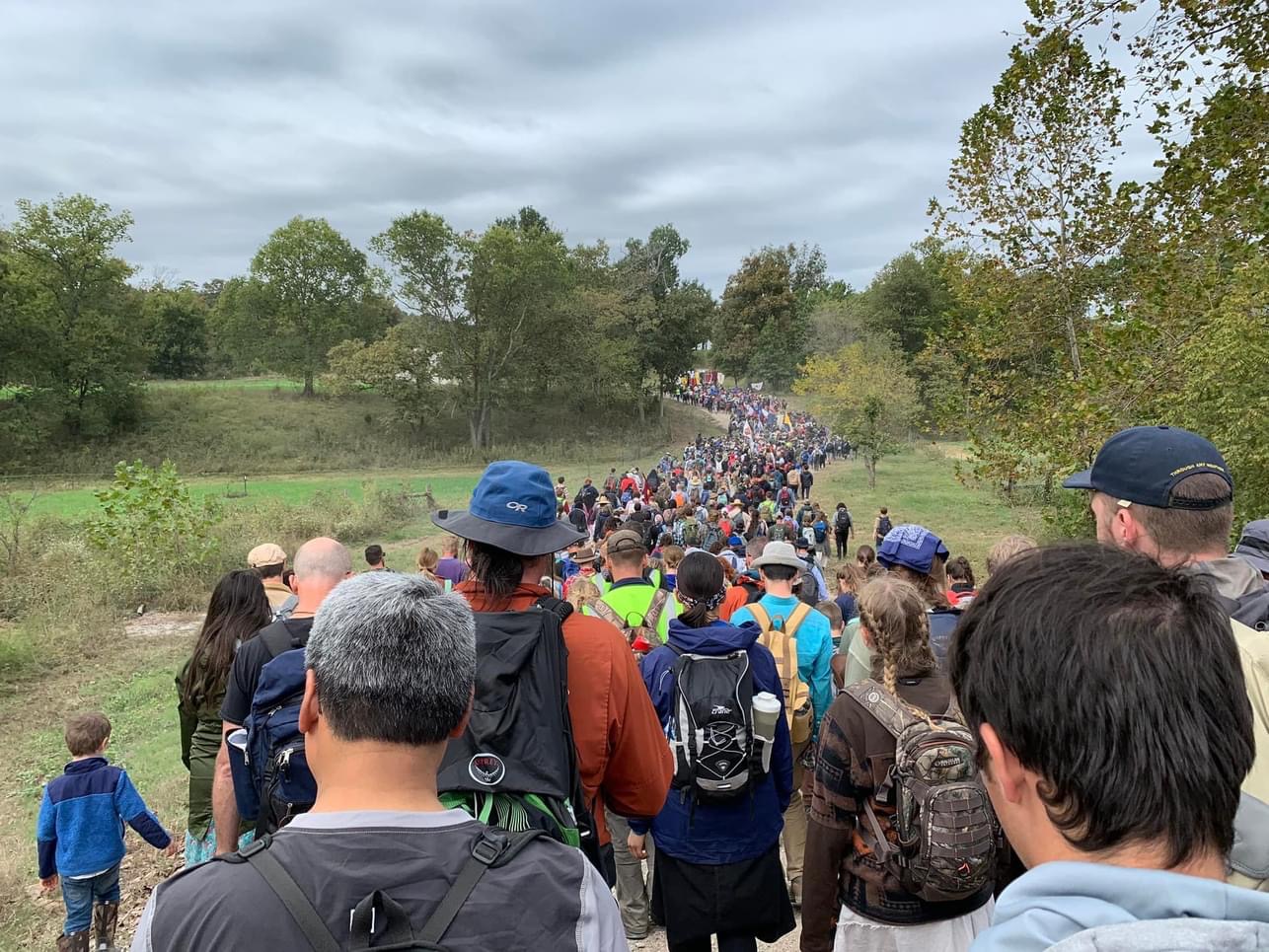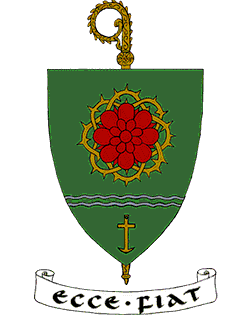Dear Friend of Clear Creek Abbey,
Every four years it is my duty and joy to return to France in order to participate in the General Chapter of our Benedictine Congregation of Solesmes. The beauty of the Abbey of Saint Pierre de Solesmes, with its nearby sister abbey of the Benedictine Nuns of Sainte-Cecile, never ceases to inspire those who visit this haut lieu of monastic life. During the General Chapter in May many vital topics were discussed, of course, inside and outside of the formal sessions. It is always enriching to be in contact with my brother Benedictine abbots and with the Nuns of Sainte-Cecile.
Given the fact that I am less frequently in Europe now, I try to visit other abbeys of the Congregation after each General Chapter. This year they included Fontgombault Abbey and several other houses founded by Fontgombault, which abbey sitting on the banks of the Creuse river, is the place where some of us at Clear Creek began our monastic adventure long ago. On this visit, for the first time, I went even further, venturing beyond the Pyrenees Mountains (one of our monasteries, Notre-Dame de Donezan, is in the mountains on the French side) into the mysterious land of Cervantes, St. Teresa of Avila, and St. John of the Cross. It was an expedition I shall never forget.

Some of the young Catholics and clergy who invited me to Valle de Los Caidos in Spain this past May.
The main reason for this Spanish excursion was my desire to respond to the kind invitation I received from a group of young Spanish Catholics desirous of hearing about my old mentor, John Senior, and about the origins of Clear Creek Abbey. These young people had been meeting for the past year or so at another abbey of our Congregation of Solesmes, Abadia de Santa Cruz, located in the mountains northwest of Madrid in a holy place called Valle de Los Caidos, the Valley of the Fallen. It is a national monument where thousands of those killed during the brutal Spanish Civil War of the last century—casualties from both sides of the conflict—are now resting in peace in a beautiful sanctuary established to promote the reconciliation of the Spanish people so tragically divided by that bloody war. More than fifty of those “fallen” buried in the sanctuary have now been canonized as Saints. We pray that all those fallen, by God’s mercy, will rise up and enter Heaven on the last day.
This holy place, the Valley of the Fallen, crowned by an immense Cross towering above the sanctuary and the abbey, was the setting for my talks given to the eager young Spaniards. It rather surprised me that they had even heard of Clear Creek, and it moved me to see how attentive they were to the story I was there to tell, sometimes in my broken Spanish, more often with the help of a competent translator. The high point of the encounter was not the conferences, however, but the solemn Latin Mass that was celebrated in the underground sanctuary (the size of which is hard to imagine if you have not seen it, its length being greater than that of Saint Peter’s in Rome), in which several hundreds of these young people and their friends and families participated. Priests and seminarians came from other parts of Spain and a choir from Madrid sang beautifully the Fourth Sunday after Easter, with Gregorian chant and sacred polyphony.
My stay in Spain also allowed me to undertake some pilgrimages, including to the Avila of St. Teresa and to Segovia, where St. John of the Cross is buried. I also visited the palace-monastery of King Philip II of Spain and the monument to the Sacred Heart, which the communist-inspired revolutionaries of the Civil War had destroyed with bomb and gunfire, but which was then rebuilt twice as high as a witness to the undaunted Faith of Catholic Spain. One has to see with one’s own eyes the splendid cathedral of Toledo, the impeccable architecture of the University of Salamanca, the austere beauty of the Castilian countryside, and the sheer genius of El Greco’s paintings up close—“face to face”—to understand something of the Spanish soul. It was certainly a privilege for me to be in that enchanted land of castles, kings, and saints, a place of strong human passions and of Faith—of Faith ever put to the test—the land of Cervantes, of Pelayo, and of the Seraphic Virgin, Teresa of Jesus.
Summing up, it was a consolation to see that the story of God’s grace, operating through this small thing which is Our Lady of Clear Creek Abbey, has “echoed” as it were across the ocean to distant lands and other cultural settings—even to Spain. Who would have ever thought that young Spanish Catholics would take an interest in a monastery hidden in the hills of Oklahoma? But Divine Providence does mysterious things. We can only adore God, respecting the effects of His Divine Will and Wisdom, and wonder….
br. Philip Anderson, abbot




